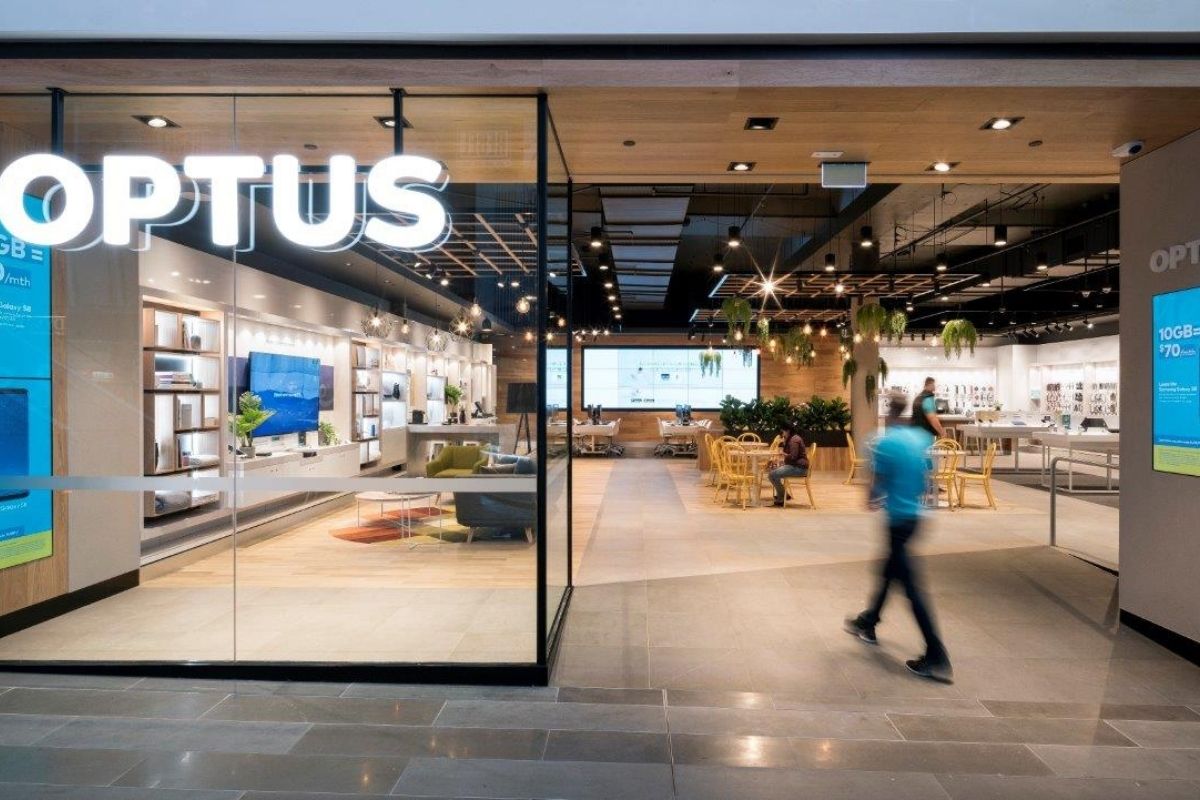Optus on Friday made use of Dynamic Spectrum Sharing or DSS in order to run narrow-band IoT, 5G and 4G mobile on its existing 700 MHz spectrum, a move, that, as per the company, will allow for the boosting of its 5G coverage. This was made possible via Ericsson’s spectrum sharing kit. The two firms, who have been partners for the past couple of years and have worked on DSS in order to share frequency resources between 4G and 5G, described this latest trial as a world first, which also brings NB-IoT into play. The telco has not yet provided any information regarding a commercial launch, but, going from the company, a full-scale and rapid rollout does not seem to be possible. Do note that Optus is still keen on working, adding that the implementation of this tech will allow for broadening of the 5G footprint, with the use of the technology helping in unlocking a cost-effective method of offering 5G services via low spectrum bands, not conflicting with the user experience in mid-band 5G services. Lambo Kanagaratnam, the Managing Director of Optus Networks mentioned that this test has shown that Optus’ 5G coverage footprint on its world-class network can be extended without compromising 4G and NB-IoT customer experience and marks the first step into being able to carefully introduce this technology.
What Else Do The Tests Indicate
The test also highlights the ability to achieve spectrum efficiency via enabling multiple services and technologies on the same spectrum resource, he added. Optus has also noted that the recent deployment of FDD+TDD carrier aggregation for the mid-band will allow it to offer 5G at high speeds. Optus had initially mentioned that it was going to do carrier aggregation trials in March, specifying that it had been worked with Ericsson and Samsung in order to combine 5G FDD 2100 MHz and 5G TDD 3500 MHz at a live 5G site present in Sydney. When it comes to the subject of speed, Optus also took this chance to share information about its latest mmWave milestone, wherein it stated that it was partnering with Ericsson and cloud-native fame Casa Systems in order to reach mmWave peak speeds of more than 5 Gbit/s in a controlled environment at the Sydney HQ, whilst in a live commercial environment in the city it was able to touch 4.5 Gbit/s. The proof that was used was a Casa Systems AurusAI commercial CPE device on Ericsson RAN. Kanagaratnam added that Optus could not wait for its customers to start connecting to the mmWave 5G network as commercial devices become available later this year. These speeds were truly incredible and alongside the other benefits of mmWave will help to open up a raft of new applications for both consumers and enterprise.
